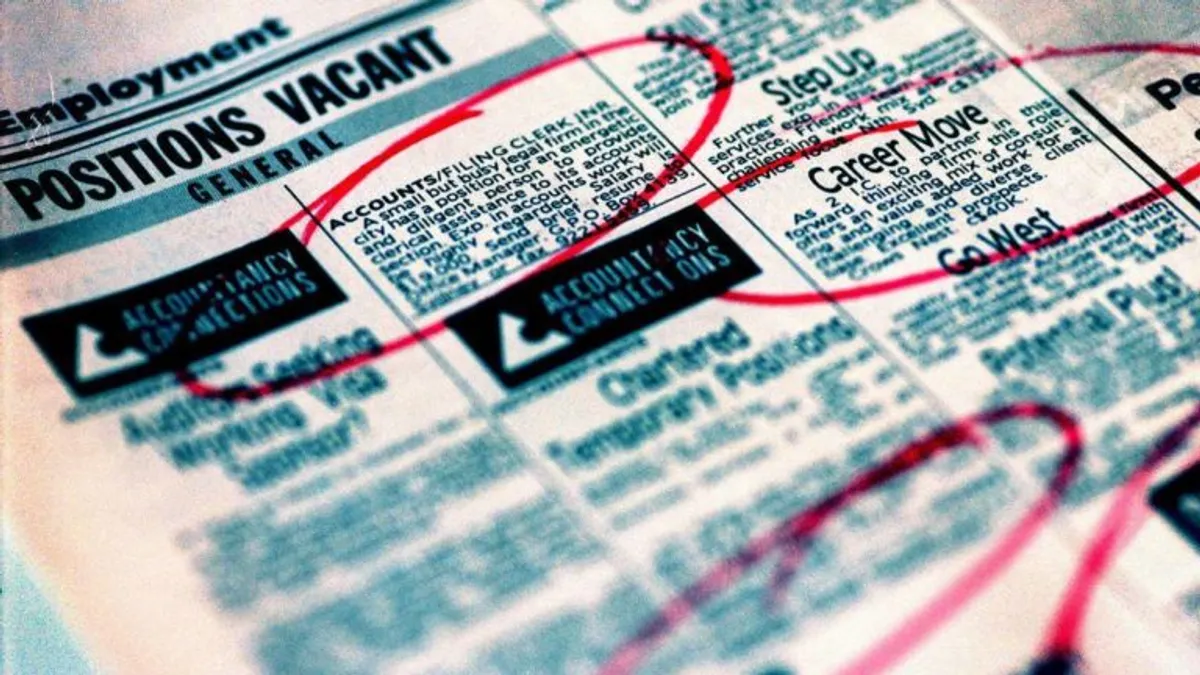Real unemployment rate in the Hunter hidden by low participation rate

The latest detailed ABS labour force statistics have been released for the month of August.
The unemployment rate in the Hunter remains well below the peak during the initial wave of the COVID-19 virus and lockdown in 2020 where the 6-month moving average rapidly rose to 8.4% in October 2020 before declining at a similar pace to 4.3% in July 2021. The moving average increased by 0.1% to 4.4% in August 2021. This suggests any increase in unemployment as a result of the Hunter’s second ever lockdown, which began on 5 August and will likely continue until October 11, may not be seen until the September figures are released.
In January 2020, unemployment in the Hunter Valley was at 4.1% and nearly 2 years later in August 2021 it is sitting at 4.4%, job well done right? Not exactly. To be counted as unemployed, members of the labour force must be actively seeking employment. This means that people who are not confident in finding a job due to the lockdown or other reasons, and thus do not actively seek employment, are not counted as unemployed.
(Side note: Another interesting stat in this graph is that the Hunter peaked much higher than the NSW average on unemployment but our recovery was quicker and we are now below the state average. There is a possible explanation for this which is evident in the next graph.)
There is a way to get an estimate of thee people who have stopped seeking employment, who are known as ‘hidden unemployment’. The combined rate of people employed and unemployed as a proportion of the total labour force is known as the participation rate.
The COVID induced recession’s impact on the participation rate is very obvious as the moving average rate declined from one of the highest levels to one of the lowest. The recovery has also been slow and the Hunter’s participation rate remains well below January 2020 levels which suggests a large number of Hunter residents are yet to regain the confidence to seek work.
In January 2020, the participation rate was 66.4% and fell to a low of 61.5% in September 2020. It is now 63.0% after rising 0.1% in August which indicates that about 3.4% of the labour force has lost the confidence to seek work since January 2020. While it is impossible to isolate this decrease in the participation rate as entirely hidden unemployment, it is likely that an additional 2-3% of the labour force on top of the 4.4% unemployment are out of work but not actively seeking work.
This means that, despite the unemployment rate returning to January 2020 levels, employment in the Hunter Valley is yet to fully recover and the real unemployment rate is hidden by the low participation rate.
(Looking back to my previous side note, you can see that there is a significant discrepancy between the participation rate in the Hunter and the rest of the state during the COVID pandemic. This is a possible explanation for why the unemployment rate in the Hunter recovered so fast compared to the rest of the state. People in the Hunter did not regain employment faster, it is just that a greater proportion stopped seeking employment and thus were no longer counted as unemployed.)
The ABS’ September update is due for 21 October which will give more of an insight into how the Hunter’s lockdown has impacted our unemployment. I will likely write another post having a look at that when it is released.